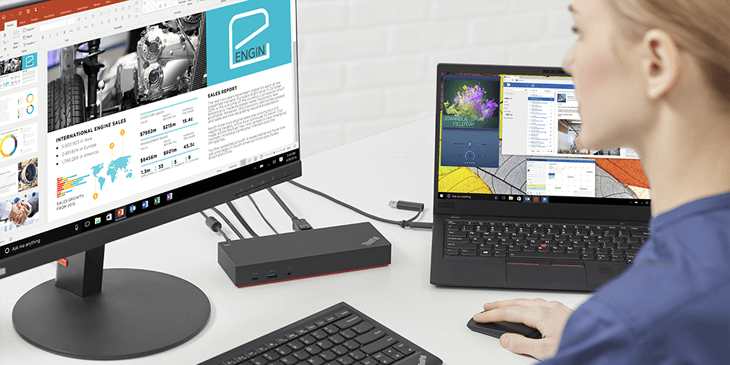See where education technology is headed
Technology is already influencing education in ways that would have been considered ‘sci-fi’ just a few decades ago (think all-pervasive laptops, networking, face-time communication with those on the other side of the world).
But now, as digital technologies such as virtual and augmented reality (VR and AR), artificial intelligence (AI) and the cloud start to fully mature, the education sector is set for a far greater transformation in ways that no one can fully predict.
This will involve not only the adoption of advanced technologies in the classroom, but new and streamlined ways to teach and study, where technology plays a vital supporting role to teachers both in and out of the classroom, without replacing them entirely.
Some of the pending advances will be more visible than others, and accessibility definitely falls into this category. As the days when students needed to be physically in a classroom to learn anything continue to recede into history, lecturers and tutors can now share their content over the cloud in so-called e-learning modules.
This is making education increasingly accessible to students anywhere, anytime – something that will become far more pronounced going forward and which also promises to level the education playing field.
Additionally, teachers will make greater use of digital tools such as Formative, Google Forms, and Padlet, which not only generate increasingly personalized tasks for students but also constitute an important evolution in the student-teacher paradigm.
A whole new reality
One of the biggest game changers will be in the fields of VR and AR, where students can enjoy increasingly multilayered learning experiences involving more and more sophisticated equipment.
Tech heavyweights Apple, Google, and Samsung have all invested heavily in this technology and are convinced of its breakthrough potential, especially in the education sector. Advanced VR and AR will, in the not-too-distant future, allow students to conduct scientific experiments without the hazard of burning chemicals, or attend a historical battle site or travel deep into a mine to test the strength of a new safety material.
Afterwards, they can share their findings in real time on platforms such as Google Hangouts or Skype using tools like Padlet, Trello and Slatebox.
Similarly, AI and advanced machine learning, along with emerging technologies such as blockchain, will increasingly streamline the way in which certain subjects are taught and how students process information, due to their ability to cut through vast amounts of data for the most pertinent and actionable insights.
In the near future, AI especially will provide links between work, study and performance across most sectors of the economy, giving educators unprecedented amounts of information regarding what precise tools students will need to succeed in their chosen industries.
Technology is already playing a leading role in transforming education, and digital tools will increasingly come to the fore as they are integrated into existing education systems to bolster best teaching practices for hopefully far greater learning outcomes.












